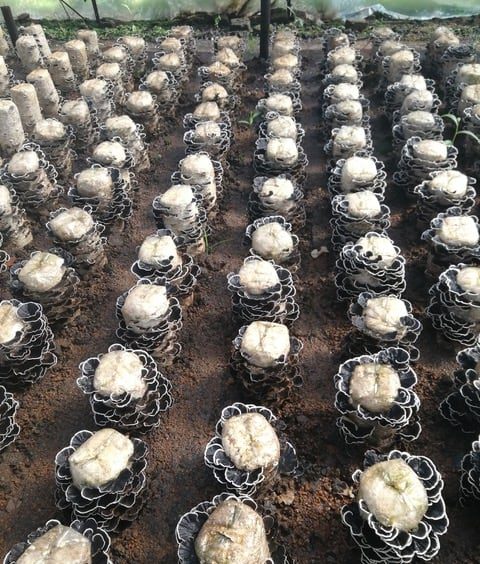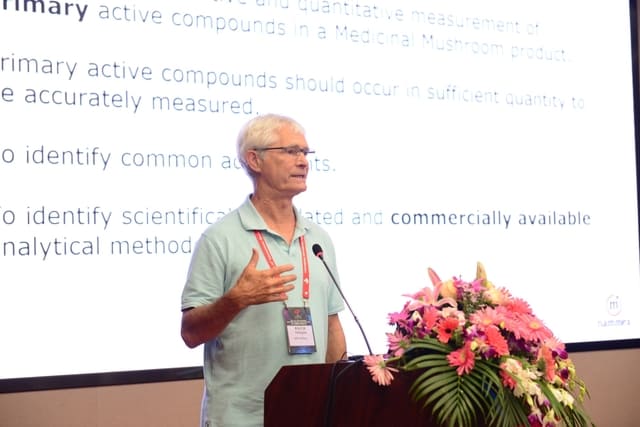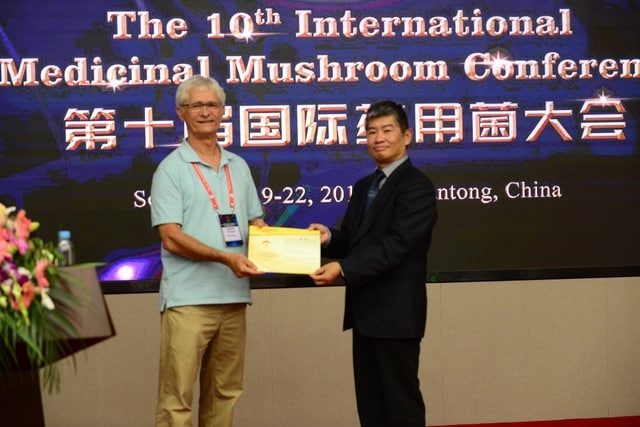Nammex Achieves a Breakthrough in Mushroom Cultivation
Cultivated Turkey Tail is Available for the First Time
After three years of research and development, Nammex – an organic mushroom extract ingredient supplier – has achieved a breakthrough: Close to 80 tons of fresh Trametes versicolor, commonly known as turkey tail, have been cultivated and harvested for commercial purposes this year.
With that, Nammex is the first and only company in the world to cultivate turkey tail on a commercial basis. While wildcrafting is commercially viable in Asia, foraged mushrooms suffer quality issues – from differing substrates, adulteration with look-alike species, as well as possible mold contaminants and heavy metals accumulation.

Nammex avoids issues associated with wildcrafting by growing turkey tail on an enriched sawdust substrate in an optimal growth environment; therefore, Nammex mushrooms are free from contaminating molds and insects, contain lower heavy metals, and are correctly identified 100% of the time.
“We’re able to harvest close to 80 tons now and plan to double that figure by next year,” says Nammex President, Jeff Chilton. “This will make a key organic mushroom extract exponentially more available to health and wellness companies that use our organic extracts in their branded retail products.”
Turkey tail, which has been used as an immune system potentiator in traditional Chinese medicine for hundreds of years, often grows wild in clusters on tree trunks and logs on both living and dead coniferous and deciduous trees. A small, thin-fleshed species with pores instead of gills, it can be found in temperate climatic zones all over the world. Although turkey tail can be cultivated on wood logs or sawdust, its small size and low overall yields have made commercial cultivation economically unfeasible until now.
Nammex continues to set standards in the functional mushroom category. From introducing organic mushroom extracts in 1998 and validating reishi triterpenes in the 2000s, to guaranteeing beta-glucan content in 2015 and cultivating a higher quality turkey tail mushroom in 2021, the company supplies health and wellness companies with superior organic mushroom extracts.
Learn more about our turkey tail mushroom extract ingredients.


